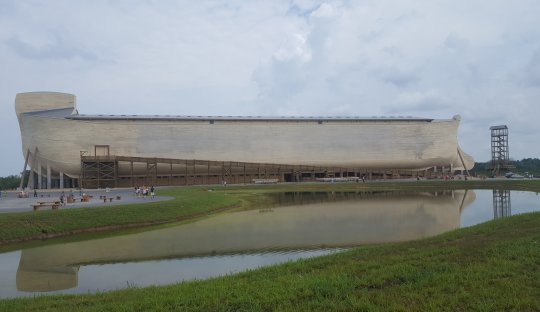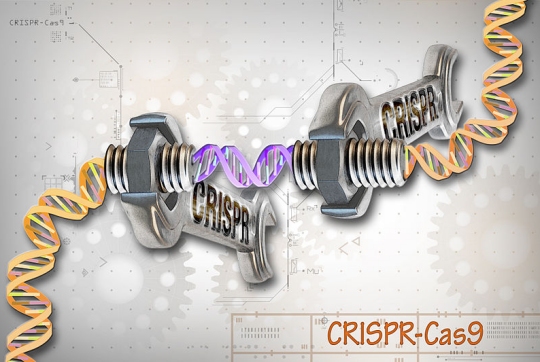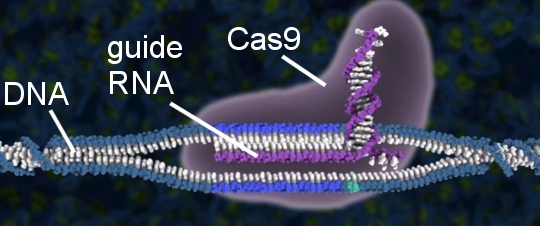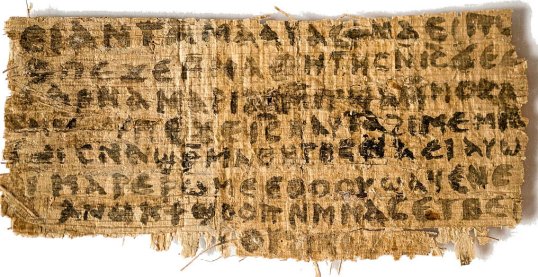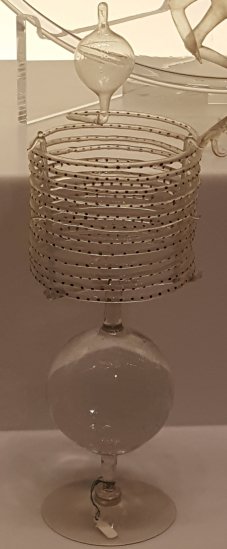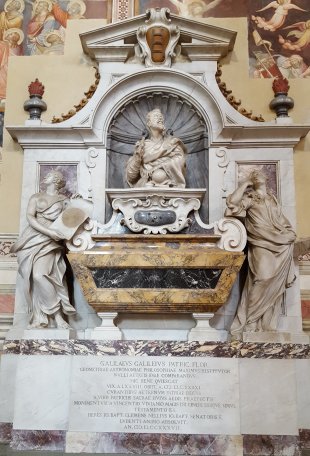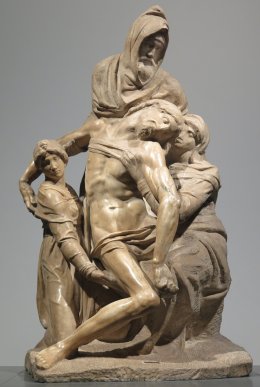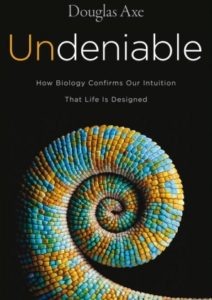
The first thing you might notice about the book is its main title, which is the same as the main title of an error-riddled book written by Bill Nye. While Nye likes to call himself “The Science Guy,” some of his behavior is decidedly anti-science (see here and here, for example), and his book makes it clear that he doesn’t try to understand some of the issues that he discusses publicly. Unlike Nye’s book, this book is written by a real scientist who actually does educate himself on the issue about which he is writing. Indeed, most of what he writes in this book is directly related to the scientific work he has published over the years.
Before getting into the meat of the book, I think that a personal story he shares is worth noting. While he was a graduate student at Caltech, one of his final exams asked which biological molecule was likely the first “living” molecule. In other words, the person writing the exam wanted the student to relate what was currently the most fashionable conjecture regarding the origin of life. Here is how he describes his answer and its result:
I decided to give the expected answer in full and then – for extra credit – to state why I found that answer unconvincing. I explained why, contrary to the consensus view, I didn’t think any molecule has what would be needed to start life. As shrewd at that seemed at the time, I learned when my exam was returned (with points deducted) that we students were expected to not only know current thinking in biology but also accept it without resistance. We were there as much to be acculturated as educated. (kindle version, Chapter 1, emphasis his)
That is so true. If you ever wonder why so many scientists resist new thinking in the origins debate, it’s because they have been taught to resist it! Fortunately, some scientists (like Dr. Axe) don’t don’t take that lesson to heart. Instead, they do what scientists should do: question the existing paradigm when the data speak against it.
Continue reading “A Really Undeniable Book, Written By a Real Scientist”

